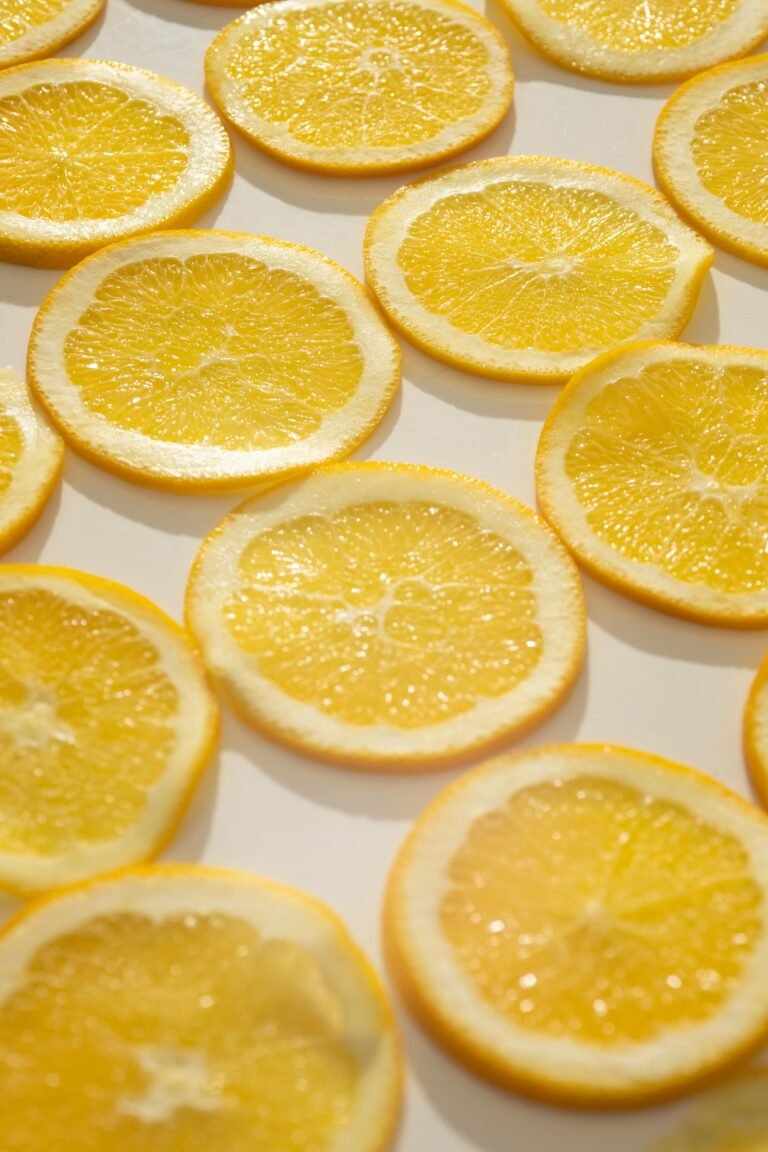How a nutritionist who specializes in metabolism eats
Her name is Catherine Crow, and she is a very popular nutritionist in the United States, thanks to the Butter Nutrition site , which I have often mentioned in the blog D as a diet. In fact, Catherine is a real metabolism specialist: she teaches her clients from all over the world how to nourish themselves to regain ideal health and, consequently, lose weight.
But how does a nutritionist like Catherine eat?
In a recent newsletter she revealed what her eating routine is for staying fit.
The most important point is that of breakfast.
During the rest of the day Catherine follows a few rules and the right choice of foods to ensure her body all the nutrients without counting calories and without putting on weight even if she admits that she relies heavily on her cravings. In the past, a slow metabolism and thyroid problems have given her serious health problems, which she has overcome by “healing” through food.
HOW A NUTRITIONIST SPECIALIZED IN METABOLISM EATS
Upon awakening: ten minutes of meditation in bed, with eyes closed. An orange juice as soon as you get up or a sugar-free organic juice + a coffee. A half-hour walk in the morning (walking the dog).
Supplements? Nobody. Catherine strongly discourages them.
Breakfast.
- A smoothie with two types of fruit, typically a serving of strawberries, cherries, or other red fruits plus a small banana, papaya, mango, or pineapple.
- Add 3 key ingredients to the smoothie in doses of one level spoon each.
A spoonful of hydrolyzed collagen or collagen peptides, with an anti-stress and anti-aging effect. For example: PRIMAL collagen proteins.
1 tablespoon of goat’s milk casein. The brand you recommend is exactly that. Mt. Capra – Vanilla flavor
A level spoonful of organic egg proteins, such as PROTEINVITAL Egg white protein // 1000gfree range .
- Plus a cup of coconut vegetable drink.
- Snack. Generally none. The smoothie keeps her full for a long time. In addition, the ingredients, however expensive, last for about 3 months.
- Lunch and dinner.
A portion of meat or fish with simple cooking or a portion of raw milk cheese usually from goat or sheep or Parmesan cheese or two eggs. Vegetables including vegetables such as courgettes, peppers, aubergines (all cooked), or well-cooked mushrooms, cooked asparagus tips, cooked spinach. Catherine does not recommend salads. From raw: a grated carrot salad. Toppings: Quality coconut oil or butter.
A portion of bread with sourdough (usually gluten-free) or potatoes or a little boiled white rice, or as an alternative to these carbohydrates, prefers fresh, peeled and seasonal fruit. Coffee. - Snack with fruit or a small homemade ice cream or a piece of chocolate without soy lecithin. Coffee.


























+ There are no comments
Add yours